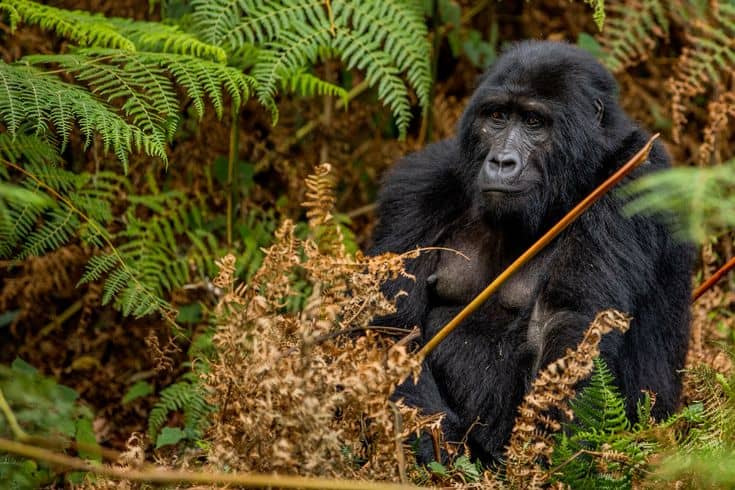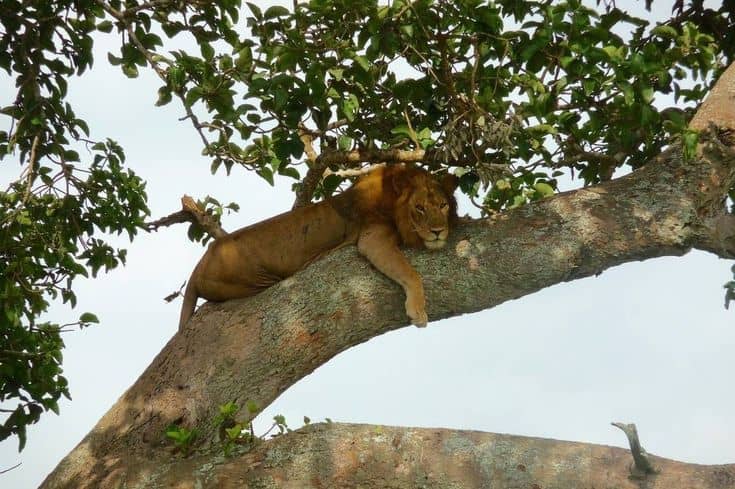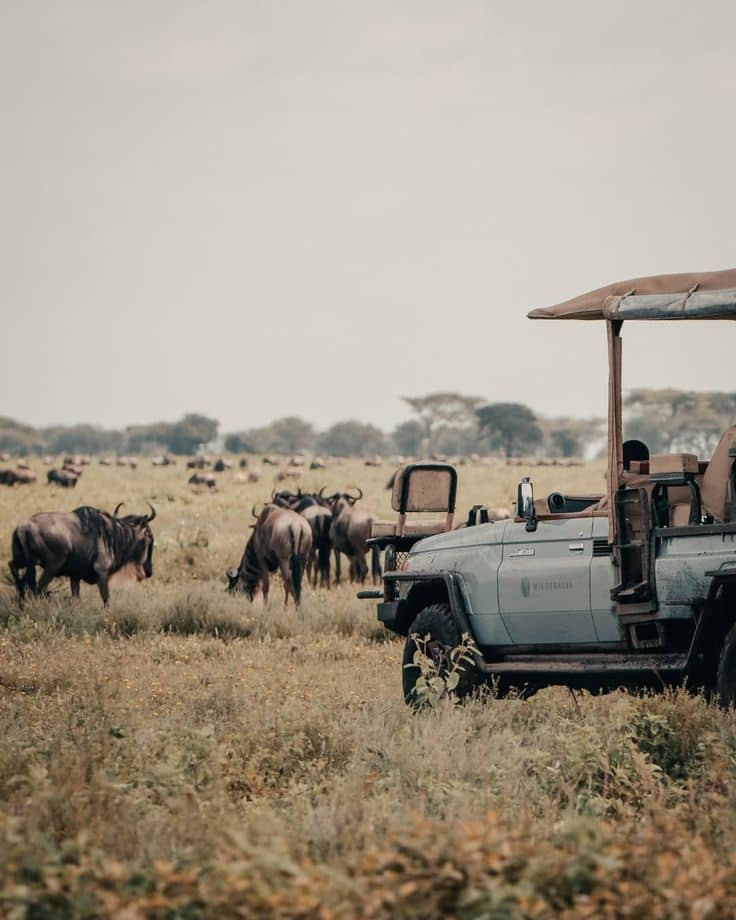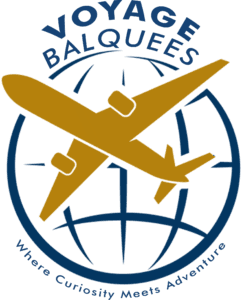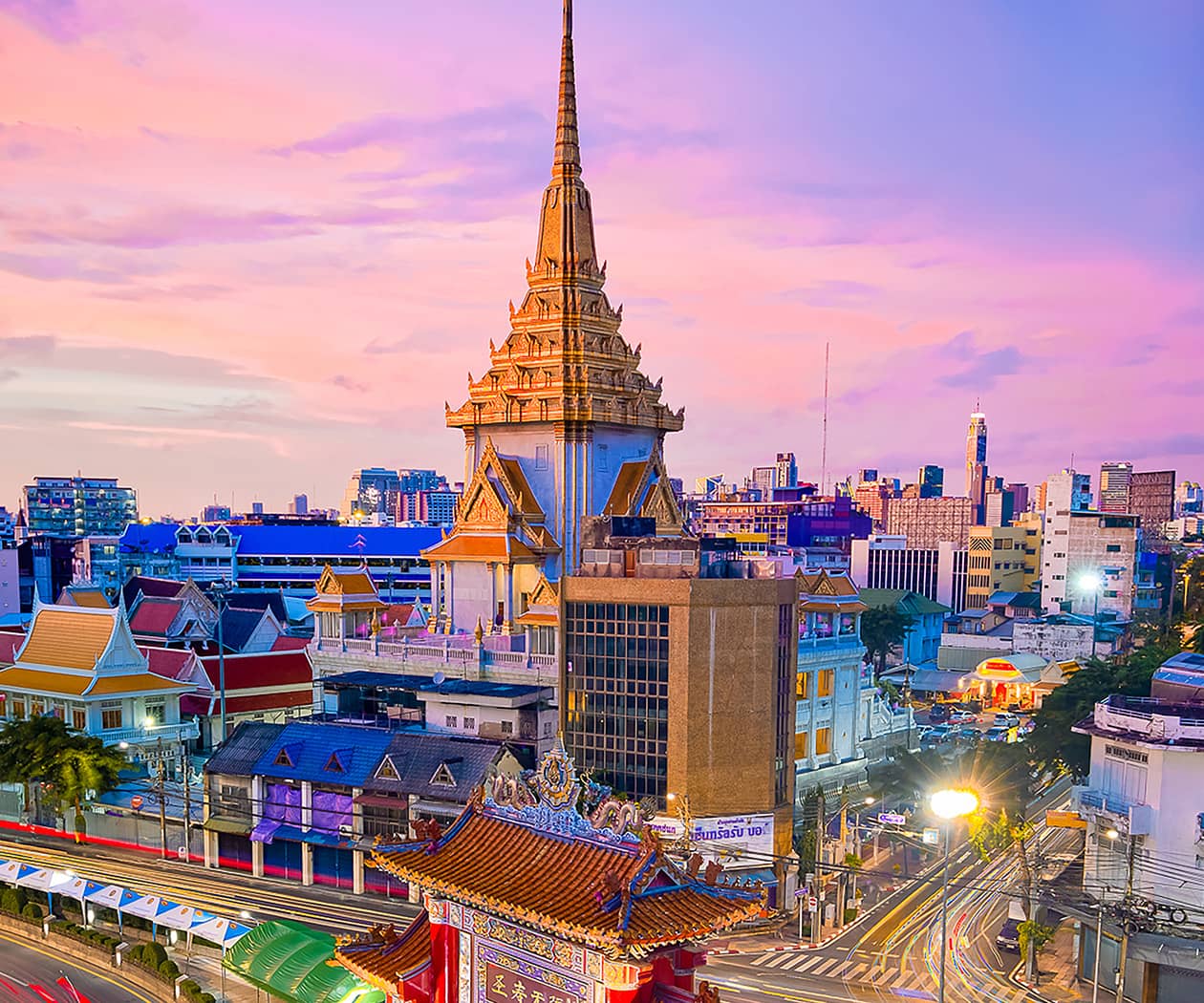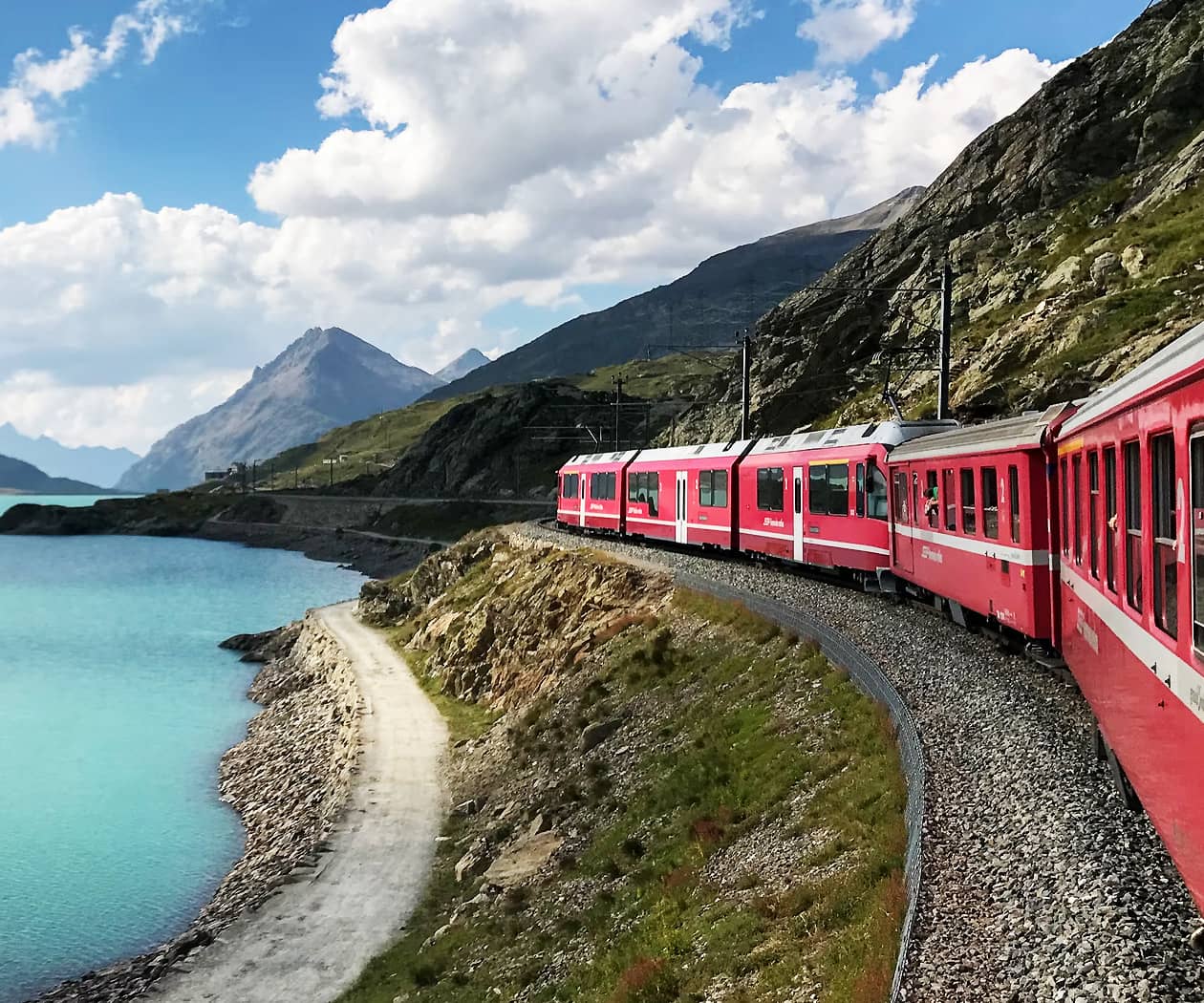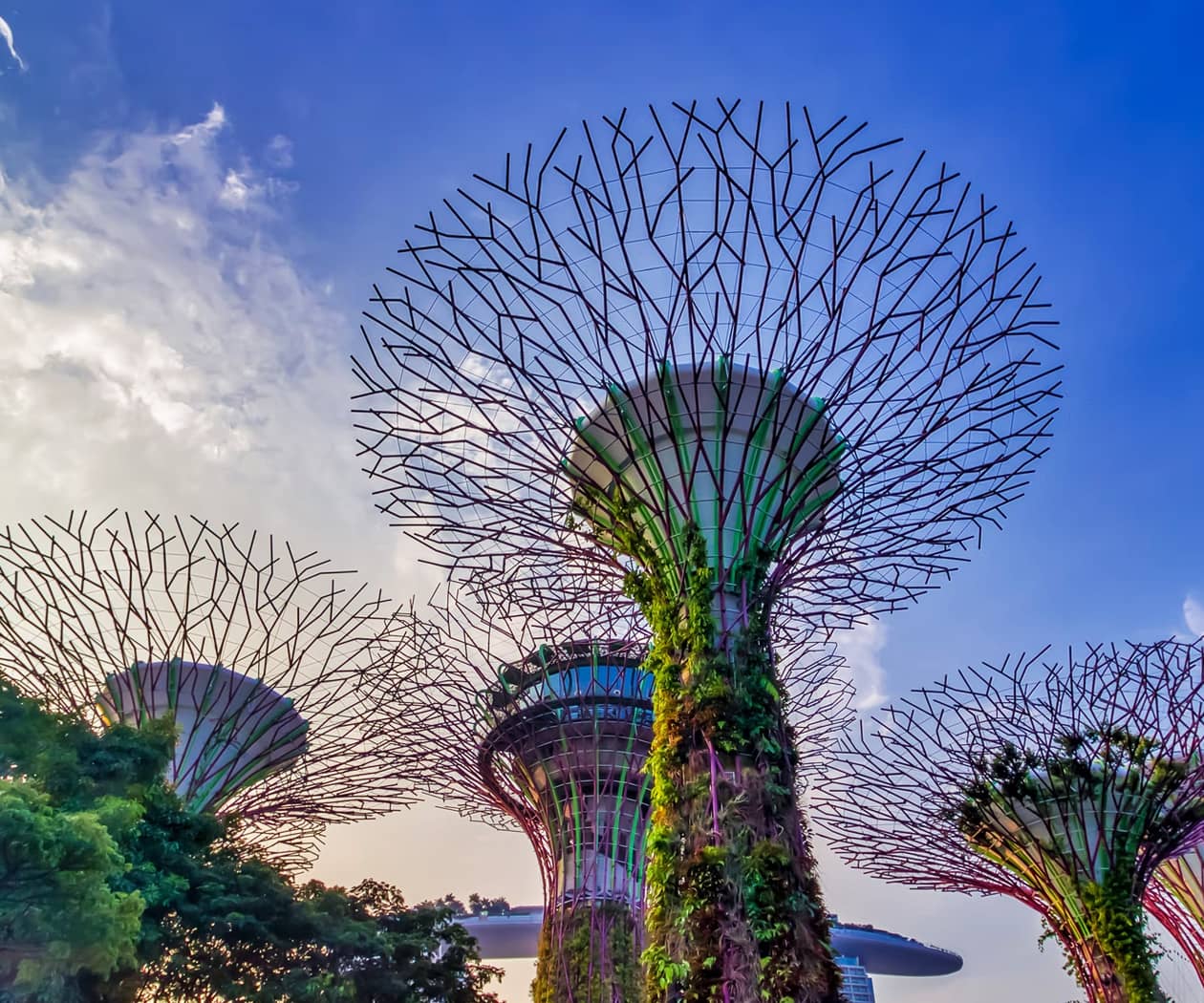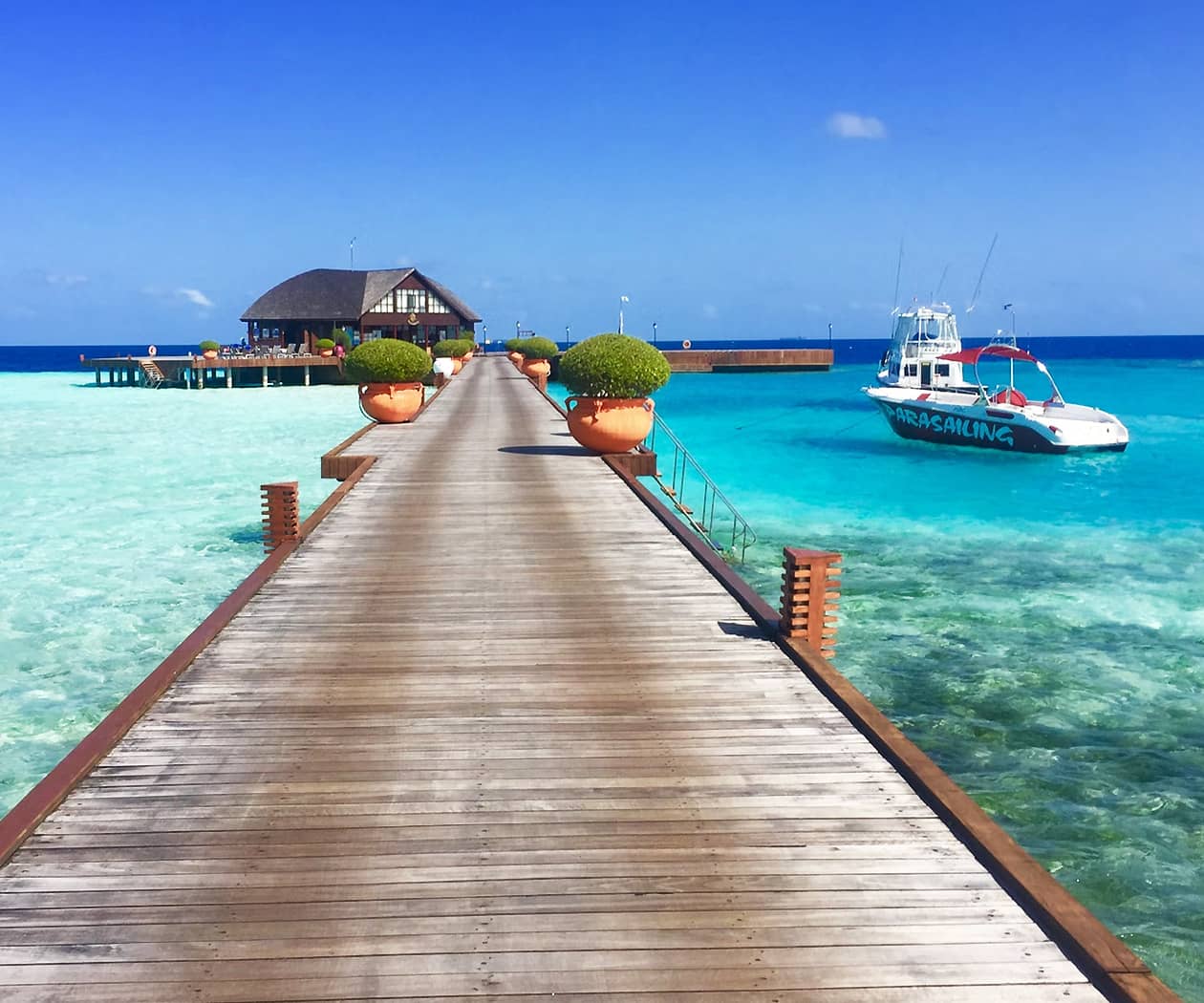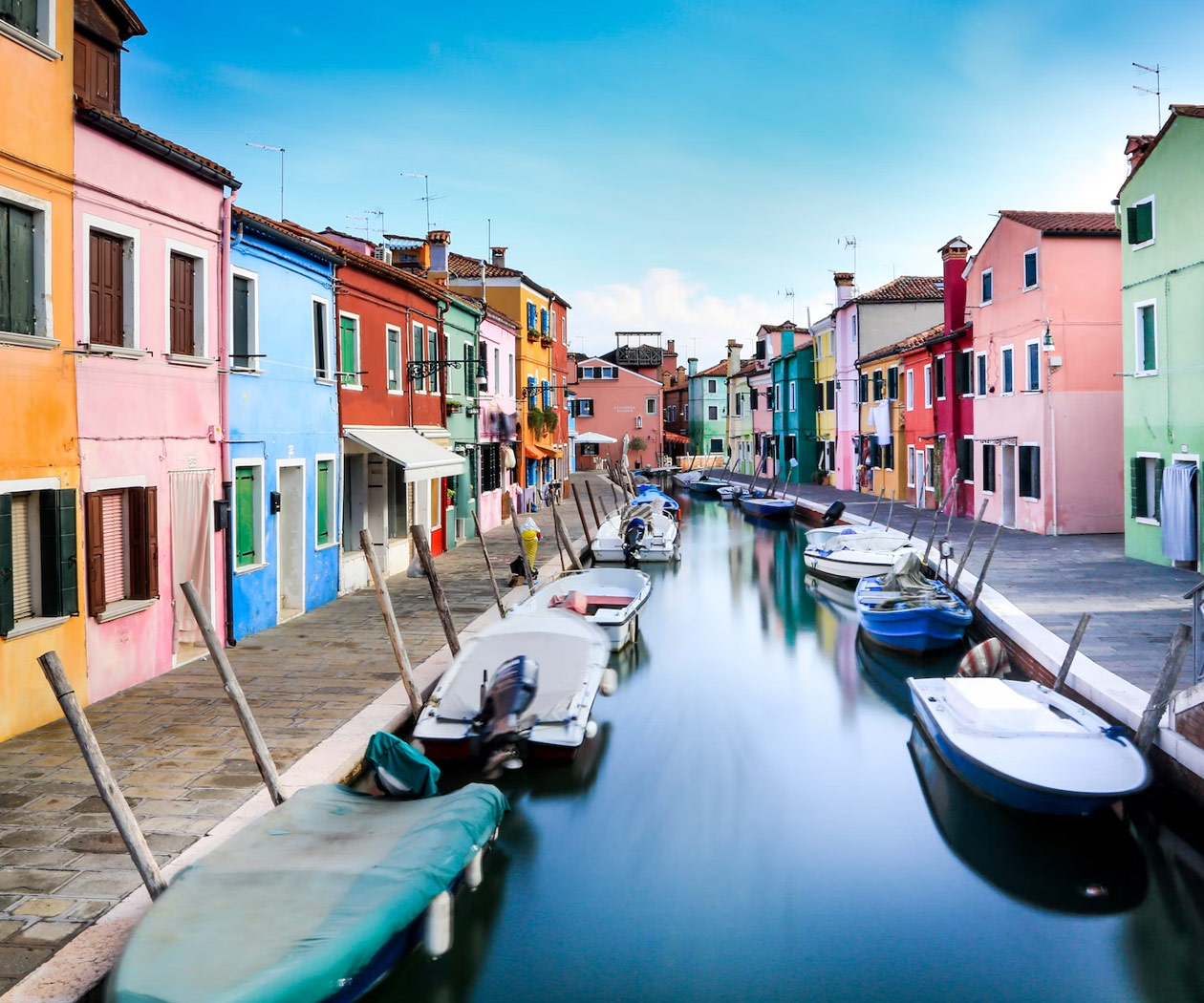The History of Gorilla Trekking in Rwanda
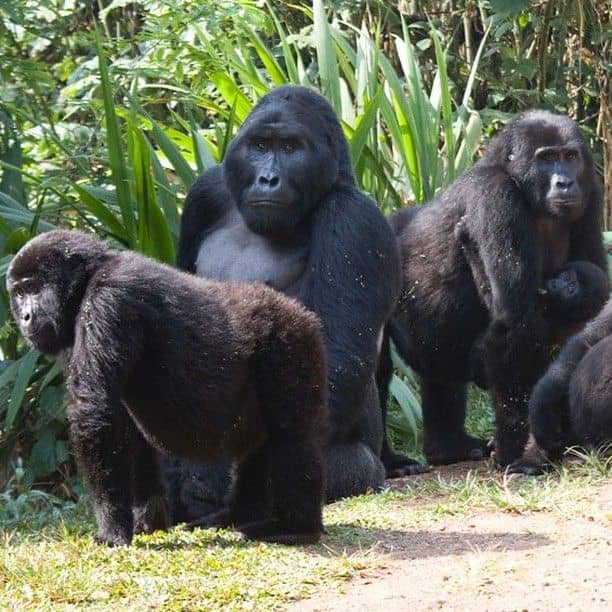
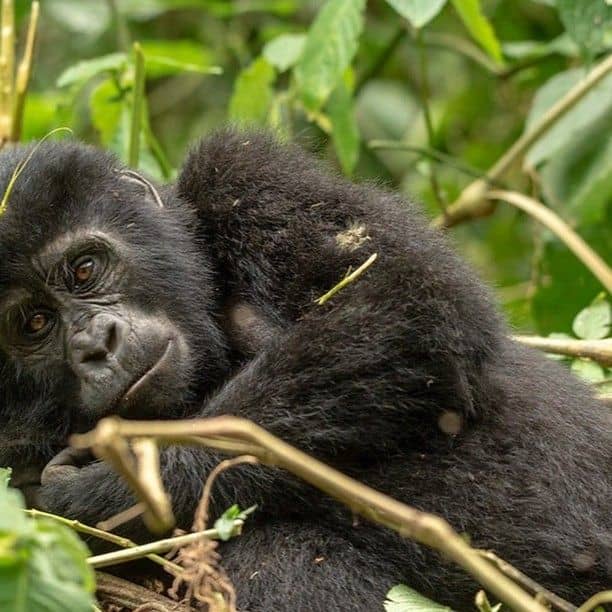
Few wildlife experiences compare to coming face-to-face with mountain gorillas in their natural habitat. Today, Rwanda stands as one of the premier destinations for this bucket-list adventure, but the journey to this point has been remarkable. The History of Gorilla Trekking in Rwanda is a tale of conservation heroism, political will, and visionary tourism that transformed a species on the brink of extinction into a global ecotourism model.
In this deep dive into The History of Gorilla Trekking in Rwanda, we’ll explore how Dian Fossey’s groundbreaking work, the Rwandan government’s innovative policies, and sustainable tourism created one of Africa’s most successful conservation stories. Whether you’re planning a trek or simply fascinated by wildlife preservation, this story will give you new appreciation for Rwanda’s gorilla tourism.
1. The Dark Days: Gorillas on the Brink (1960s-1970s)
Poaching and Habitat Loss
In the mid-20th century, Rwanda’s mountain gorilla population faced existential threats:
-
Rampant poaching for trophies and the illegal pet trade
-
Habitat destruction from agricultural expansion
-
Political instability discouraging conservation efforts
By 1981, only 254 mountain gorillas remained in the Virunga Massif spanning Rwanda, Uganda, and DRC.
Dian Fossey’s Crusade
The turning point in The History of Gorilla Trekking in Rwanda came with American primatologist Dian Fossey:
-
Established Karisoke Research Center (1967)
-
Developed anti-poaching patrols
-
Pioneered gorilla habituation techniques
-
Her murder in 1985 galvanized global conservation efforts
2. The Birth of Gorilla Tourism (1978-1994)
First Tourist Treks
Rwanda made history in 1978 when it:
-
Opened Volcanoes National Park to limited tourism
-
Offered the world’s first commercial gorilla treks
-
Charged $20 per permit (equivalent to $90 today)
Early Challenges
-
Rwandan Civil War (1990-1994) disrupted tourism
-
Genocide against the Tutsi (1994) halted all conservation work
-
Many park rangers and trackers were killed
This turbulent period in The History of Gorilla Trekking in Rwanda nearly ended the program before it could flourish.
3. The Renaissance (1995-Present)
Post-Genocide Rebuilding
Rwanda’s visionary leaders recognized gorillas as a national treasure:
-
Rehabilitated park infrastructure (1995-1999)
-
Trained new generations of trackers and guides
-
Established the Rwanda Development Board (RDB) to manage tourism
The Permit Price Revolution
A strategic decision in The History of Gorilla Trekking in Rwanda:
-
2005: Permits raised from $250 to $375
-
2012: Increased to $750
-
2017: $1,500 (world’s most expensive gorilla permit)
-
Revenue funds conservation and local communities
4. Modern Gorilla Trekking: A Global Model
Conservation Success
Today, Rwanda’s approach shows how tourism saves species:
-
Gorilla population up 25% since 2010 (now 350+ in Virungas)
-
Zero gorillas lost to poaching since 2002
-
10% of permit revenue goes to local communities
The Luxury Ecotourism Boom
High-end lodges like:
-
Bisate Lodge (Wilderness Safaris)
-
One&Only Gorilla’s Nest
-
Singita Kwitonda
Prove that The History of Gorilla Trekking in Rwanda demonstrates conservation and luxury can coexist.
5. What Visitors Experience Today
The Trekking Process
-
Briefing at Kinigi Park Headquarters
-
1-4 hour hike through bamboo forests
-
One magical hour with a gorilla family
-
Certificate presentation ceremony
Unique Rwanda Advantages
-
Shortest transfer times (2hrs from Kigali)
-
Most habituated gorilla groups (12 families)
-
Stunning volcanic backdrop
6. The Future of Gorilla Trekking in Rwanda
Innovations Ahead
-
New gorilla families being habituated
-
Expanded Kwita Izina gorilla naming ceremony
-
Community tourism initiatives growing
Challenges
-
Climate change impacts on habitat
-
Balancing tourist numbers with gorilla welfare
-
Regional political stability
Why This History Matters for Your Visit
Understanding The History of Gorilla Trekking in Rwanda enriches your experience by:
-
Appreciating the conservation behind each permit dollar
-
Recognizing trackers as modern-day Fossey successors
-
Seeing how tourism literally saved a species
Plan Your Rwanda Gorilla Trek
Quick Facts
-
Permit Cost: $1,500 per person
-
Best Time: June-September (dry season)
-
Physical Level: Moderate (altitude 2,500-4,000m)
-
Combine With: Golden monkey trekking, Kigali genocide memorial
Ready to become part of this continuing history? Book your trek knowing you’re supporting one of Africa’s greatest conservation victories.
Have questions about experiencing Rwanda’s gorillas? Ask in the comments below!
